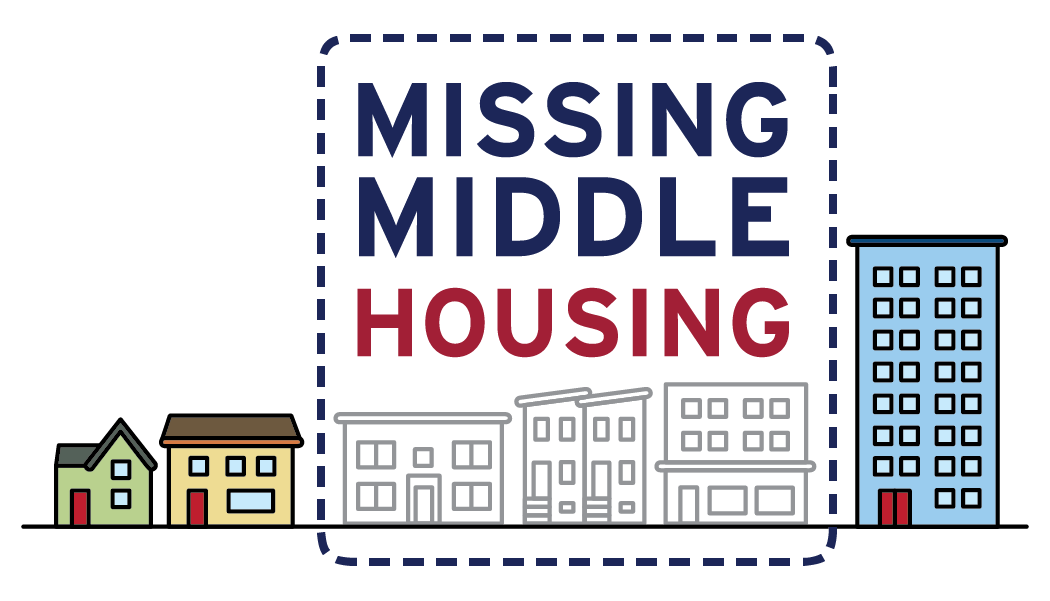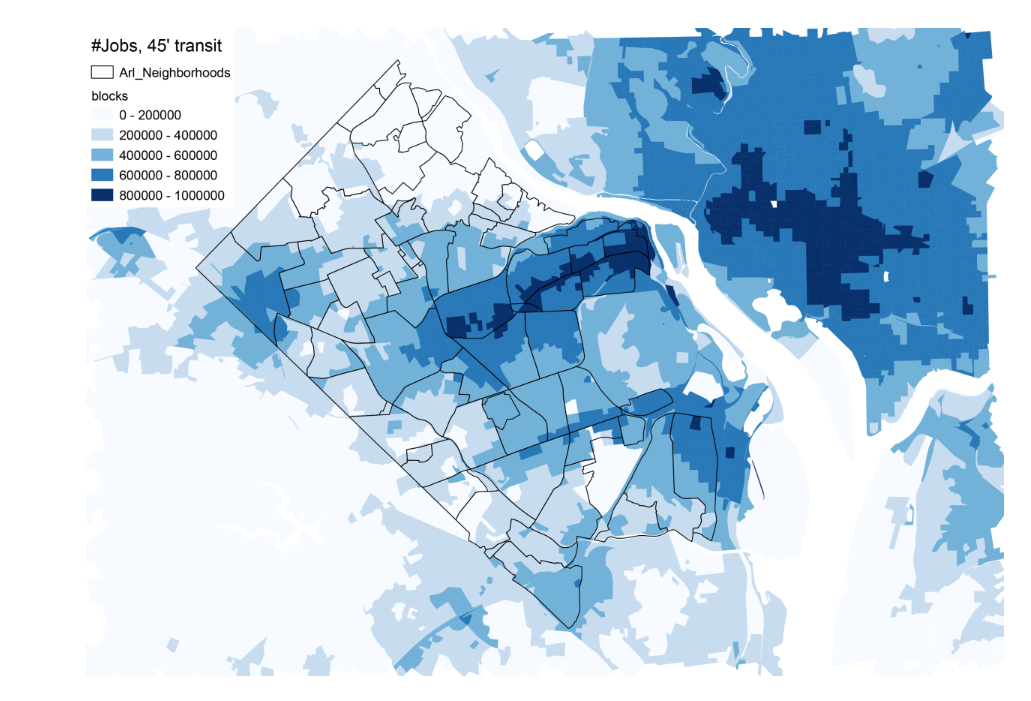Scudder Wagg
3/15/2023
Arlington County Board
Ellen M. Bozman Government Center
2100 Clarendon Blvd.
Arlington, VA 22201
Via Email
Dear Chair Dorsey and Board Members,
First, thank you for your willingness to consider significant changes to the standard single-family zoning that predominates so many suburban neighborhoods in Arlington and many other close-in communities in our region. Arlington, like many historic suburban communities, must embrace change to make a place for new people and new opportunities. As our region grows, as demographics and economics change, and as we work to address the challenges of climate change, Arlington must adapt and make space for everyone to flourish.
I am a transportation and transit planner with nearly 20 years of experience working with communities to help them understand the range of reasonable options they have for improving public transit and finding ways to help people meet their daily transportation needs. We have a saying: land use and transportation are the same problem in two different languages. At the heart of why so many people want to live in Arlington, and why housing costs have skyrocketed so much is access.
Access is your ability to go places so that you can do things. The founder of my consulting firm has a simple explainer on access. In short, whoever you are, and wherever you are, there’s an area you could get to in an amount of time that’s available in your day. That limit defines a wall around your life. Outside that wall are places you can’t work, places you can’t shop, schools you can’t attend, clubs you can’t belong to, people you can’t hang out with, and a whole world of things you can’t do. The key idea is that all of us have only so much time. There is a limit to how long we can spend doing anything, and that limit defines a wall. We can draw the map of that wall, and count up the opportunities inside it, and say: This is what someone could do, if they lived here.
Access is a combined impact of land use planning and transportation planning. We can expand your access by moving your wall outward (transportation) or by putting more useful stuff inside your current wall (land use). Critically, for thinking about Missing Middle Housing, we can expand the access that lots of people have by making it easier and cheaper for them to live near lots of opportunity.
Looking at access to opportunity, we can count access to jobs as a useful way of seeing how much access different areas of Arlington and the region have. The Accessibility Observatory at the University of Minnesota does this kind of analysis for most major metropolitan areas in the US, including their most recent analysis of access to jobs by transit from 2019 for the Washington region. Taking their analysis and overlaying the access to jobs by transit in 45 minutes with Arlington neighborhoods, we can see the patterns of that access in the map below where darker shades of blue mean greater access to jobs by transit.
What stands out in this map is that many mostly single-family residential neighborhoods in Arlington County have a higher level of transit access to jobs that many areas in Washington, DC and vastly higher than surrounding areas in Fairfax or even in Alexandria. Many Arlington neighborhoods are uniquely situated between the enormous job centers in DC, National Landing, Rosslyn, and Tysons Corner. This makes these areas extremely valuable from the basic reality that the land is so accessible to so many useful destinations.
Limiting an enormous part of the land area that is easily accessible to so many valuable destinations in the region is a terrible waste of our enormous investment in MetroRail, Metrobus, ART and other transit services. It is also a drastic limitation of the access to opportunity for so many people. Every lot in a high access neighborhood that is limited to only one household, means up to five households who have to find housing in a place with far lower access to opportunity. Limiting so much of our County to single-family only zoning is hoarding the privilege of access to opportunity.
Furthermore, many other neighborhoods, particularly in North Arlington, could easily become more transit accessible with more frequent bus service along Glebe Road, Old Dominion Drive, Williamsburg Boulevard and other corridors. Therefore, I believe that even the current Option 5C for limited parking requirements near transit is too limiting. The Premium and Primary Transit Networks have been defined in part on past assumptions about density in the county. If the County limits future density through excessive parking requirements based on past planning assumptions about limited transit, then it creates a self-fulfilling prophecy whereby North Arlington can never develop to a transit supportive density.
Physical freedom means having reasonable access in reasonable time to jobs, education, shopping, recreation, worship, social connections, and more. If you don‘t have real options, you are not really free. To provide as much physical freedom as possible to as many people as possible, we must prioritize putting people, jobs, and opportunities where transit access is high. In our region, that demands that Arlington make more space for more people in our low density neighborhoods.
Therefore, I urge you to support the most expansive options for Missing Middle Housing and to enact the recommended Zoning and GLUP Amendments. In particular, I encourage you to adopt:
Option 1A to allow up to 6 units across all neighborhoods.
Option 2A to allow up to 6 units on any feasible lot.
Option 3A to put Missing Middle Housing on the same footing as Single-Family housing to ensure it is just as easy to build and develop.
Option 4B to provide Missing Middle Housing the same overall lot coverage as Single-Family Housing.
Option 5C/E to minimize the parking required for Missing Middle Housing to ensure that we can achieve as much housing growth as possible with these changes.
Option 7B so that Missing Middle Housing has an equal chance relative to Single-Family Housing.
Option 8A to minimize the barriers to the development of Missing Middle Housing.
Arlington has an opportunity to set the standard in the region for inclusiveness. We cannot call ourselves inclusive if our land use policy intentionally excludes so many people from the wealth of access that we have given our fortuitous location. Our housing crisis is dire, and we need every tool possible to help address it. Missing Middle Housing is a critical part of the toolbox to help us expand opportunity for many, reduce housing cost burdens, and create a more inclusive Arlington.
Thank you for your consideration,Scudder Wagg
4608 30th Road South
Arlington, VA 22206


